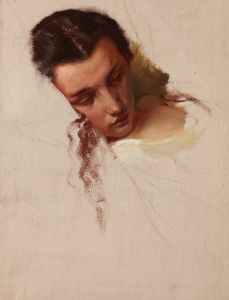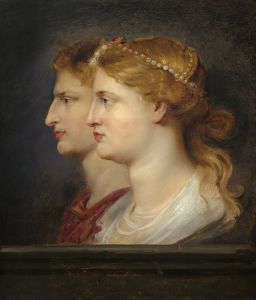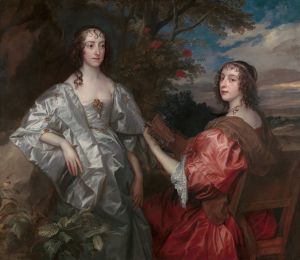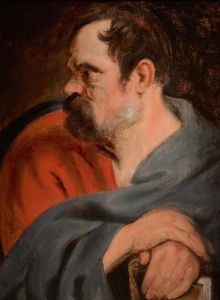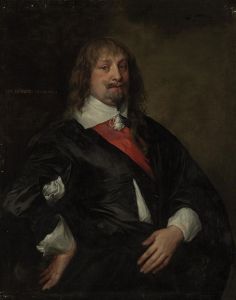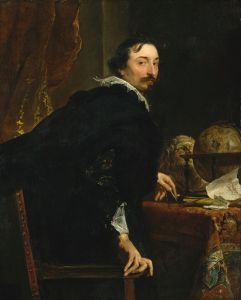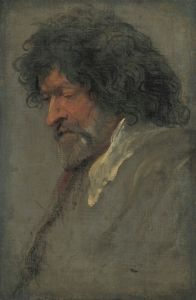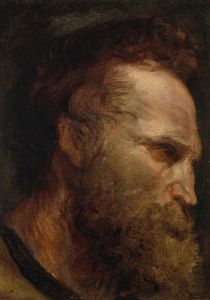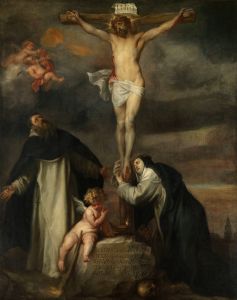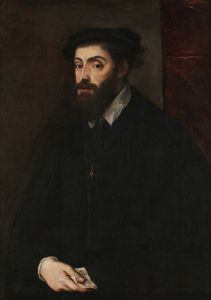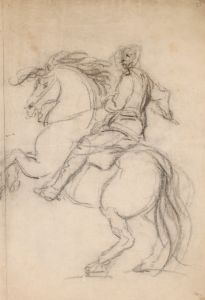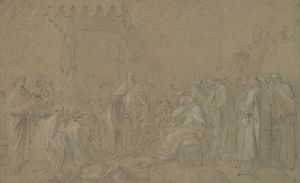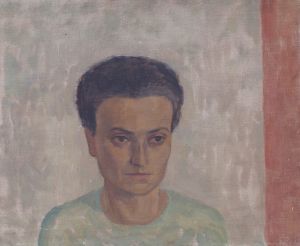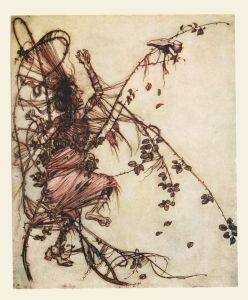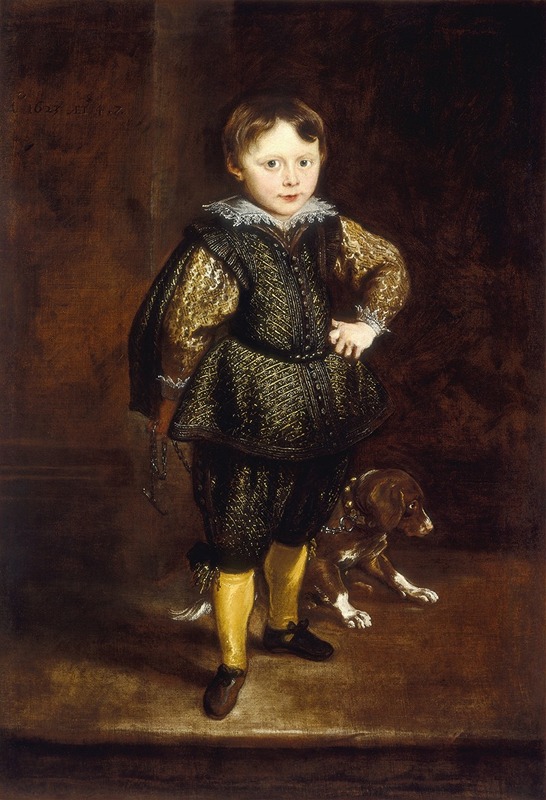
Filippo Cattaneo
A hand-painted replica of Anthony van Dyck’s masterpiece Filippo Cattaneo, meticulously crafted by professional artists to capture the true essence of the original. Each piece is created with museum-quality canvas and rare mineral pigments, carefully painted by experienced artists with delicate brushstrokes and rich, layered colors to perfectly recreate the texture of the original artwork. Unlike machine-printed reproductions, this hand-painted version brings the painting to life, infused with the artist’s emotions and skill in every stroke. Whether for personal collection or home decoration, it instantly elevates the artistic atmosphere of any space.
Anthony van Dyck, a prominent Flemish Baroque artist, is renowned for his portraits of European aristocracy and significant figures of the 17th century. Among his extensive body of work, the painting titled "Filippo Cattaneo" is one of the many portraits that exemplify his skill in capturing the essence and stature of his subjects. However, there is limited specific information available about this particular painting, "Filippo Cattaneo," in historical records or art literature.
Anthony van Dyck was born in Antwerp in 1599 and became a leading court painter in England. He was a student of Peter Paul Rubens, another master of the Baroque period, and van Dyck's style was heavily influenced by Rubens' dynamic compositions and vibrant use of color. Van Dyck's portraits are characterized by their elegance, the grace of the figures, and the subtle yet expressive rendering of the subjects' personalities.
The painting "Filippo Cattaneo" would likely follow van Dyck's typical approach to portraiture, focusing on the depiction of the subject with a sense of nobility and dignity. Van Dyck often used a sophisticated palette and employed a keen attention to detail, especially in the rendering of fabrics and textures, which added to the lifelike presence of his portraits. His ability to convey the social status and character of his sitters made him a sought-after portraitist among the European elite.
Van Dyck's portraits often included symbolic elements that provided insight into the sitter's identity, status, or personal achievements. These elements could be found in the background settings, the attire of the subject, or objects included within the composition. However, without specific details about the painting "Filippo Cattaneo," it is not possible to describe such elements in this particular work.
Throughout his career, van Dyck painted numerous portraits of individuals from various European courts, including those in Italy, England, and the Spanish Netherlands. His work was instrumental in shaping the portraiture style of the Baroque period and influenced subsequent generations of artists.
In summary, while Anthony van Dyck's contribution to art history is well-documented, specific information about the painting "Filippo Cattaneo" is not readily available in historical records or art historical literature. Therefore, a detailed description or analysis of this particular work cannot be provided without further evidence or documentation.





